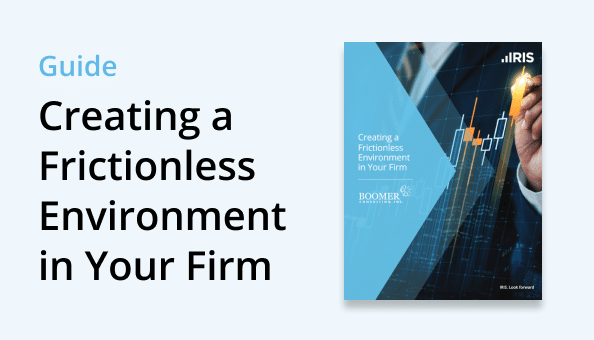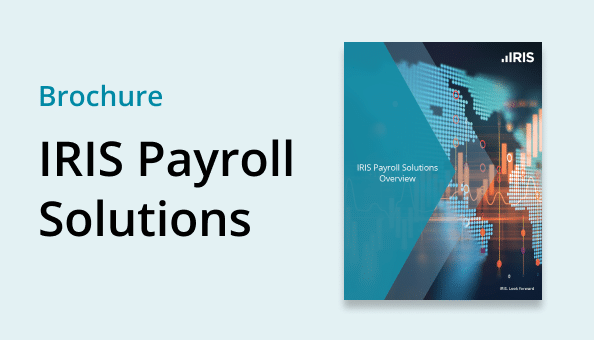BLOGS
How Does Illinois Secure Choice Affect Your Business?

Approximately twenty-five percent of adults in the United States do not have savings for retirement. One of the reasons is that not all employers offer a retirement program to their employees. Recognizing this problem, the State of Illinois created and launched the Secure Choice Retirement Savings Program (Illinois Secure Choice).
you are an Illinois employer with five or more employees, have been in operations for at least two years, and do not offer a qualified employer-sponsored retirement plan, you are mandated to enroll and participate in the program. Enrollment deadlines for Illinois Secure Choice vary by the number of employees employed by your company.
Eligibility
Not all Illinois Employers are required to participate in the state-mandated retirement program. Employers are required to offer Illinois Secure Choice if:
- You have been in business for a minimum of two years,
- Have five or more employees, AND
- You do not offer an employer-sponsored retirement plan
If your business is subject to the mandate requirements above, there are other options. If you do not want to offer the state program, you must already offer or set-up one of the following qualifying retirement plans:
- 401(a) – Qualified Plan (including profit-sharing plans and defined benefit plans)
- 401(k) plans (including multiple employer plans or pooled employer plans)
- 403(a) - Qualified Annuity Plan or 403(b) Tax-Sheltered Annuity Plan
- 408(k) - Simplified Employee Pension (SEP) plans
- 408(p) - Savings Incentive Match Plan for Employees of Small Employers (SIMPLE) IRA Plan
- 457(b) - Governmental tax-deferred compensation plan or Taft-Hartley plan
What are the Deadlines to Register?
| Number of Employees | Deadline Date |
| 500+ | November 1, 2018 |
| 100 to 499 | July 1, 2019 |
| 25 to 99 | November 1, 2019 |
| 15 to 24 | November 1, 2022 |
| 5 to 14 | November 1, 2023 |
If your employee count varies, use quarterly data that you reported to Illinois to determine your registration deadline.
Important Note: There are penalties for missing the registration deadline. Illinois may fine employers that are required to participate and do not enroll employees by the deadlines up to $250 per eligible employee for the first year of non-compliance and $500 per eligible employee for each year after. For more information regarding penalties, you can review the Illinois statute.
Setting up an Account & Registering Employees
Employers subject to the mandate must register with the state using their Employer Identification Number (EIN) and your assigned Illinois Choice Access Code. Access codes were sent via letter and emails to every Illinois business by Illinois Secure Choice. Employers can also request a code online via the Illinois Secure Choice website. Employers can also register or request an exemption to the program using the Get Started with Illinois Secure Choice website.
Once registered, employers will need to submit information for each employee that will begin the process of creating a Roth IRA in each employee’s name. Employees can opt out of the program within 30 days or elect a contribution amount between 1%-10% of their gross pay. The default employee contribution rate is 5% of gross pay and will go into effect if the employee does not opt out within 30 days.
How Can Employees Opt Out?
- By calling 855-650-6913
- Online Opt Out
- Mail the following Opt Out Form to IL Secure Choice.
Submitting Contributions
For employees that do not opt out, employers will need to begin setting up payroll deductions for each pay period and transferring the deducted amounts to Illinois Secure Choice. The program does not require or allow the employer to make matching contributions. Employers are only facilitating the program for employees.
How Much Can Employees Contribute?
Just like a traditional Roth IRA, employees can contribute up to $6,000 per year to their Illinois Secure Choice account.
Employees who are 50 years old or older can contribute up to $7,000 per year.
DISCLAIMER: The information provided herein does not constitute the provision of legal advice, tax advice, accounting services or professional consulting of any kind. The information provided herein should not be used as a substitute for consultation with professional legal, tax, accounting, or other professional advisers. Before making any decision or taking any action, you should consult a professional adviser who has been provided with all pertinent facts relevant to your particular situation and for your particular state(s) of operation.












